What do we do about traffic congestion?
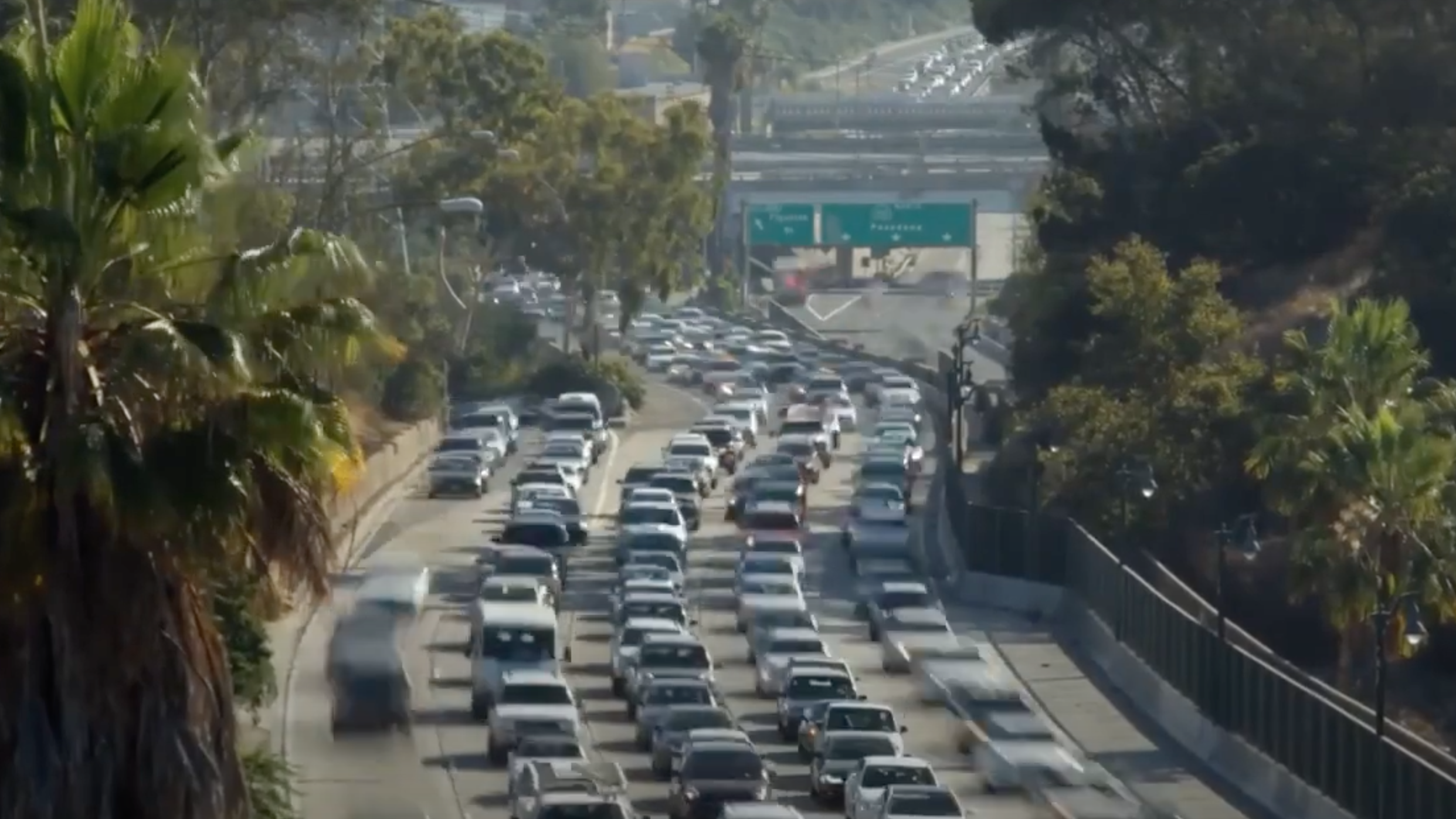
What do we do about traffic congestion?
If you ask someone this question, their answer often has more to do with policy preferences than with what’s likely to solve congestion. People who support private vehicles will tell you we should expand roadways. Many public transportation supporters (including most urban planning students) will say that public transit is the solution. Public transportation is, by and large, better for cities than private vehicles for many reasons, but even that won’t solve congestion. Both expanding roadways and improved public transportation are subject to the economic principle of induced demand.
Induced demand happens when we expand the capacity of transportation systems. We make it faster and easier for people to get from one place to another. People then respond to that added capacity by using it more!
When we add a lane to a congested highway, traffic may ease in the short term. Soon enough, though, people who had avoided the road, choosing to travel at other times or using other routes or methods, return. Congestion is back to where it started – or worse. The same goes for public transit. If we add public transportation along the same route, some drivers may switch to transit and others will fill in on the road.
Watch the video where I interview Nick Klein, assistant professor at Cornell University and recent co-author of Transfers article, and hear about why it’s imperative that we teach and understand the concept of induced demand.
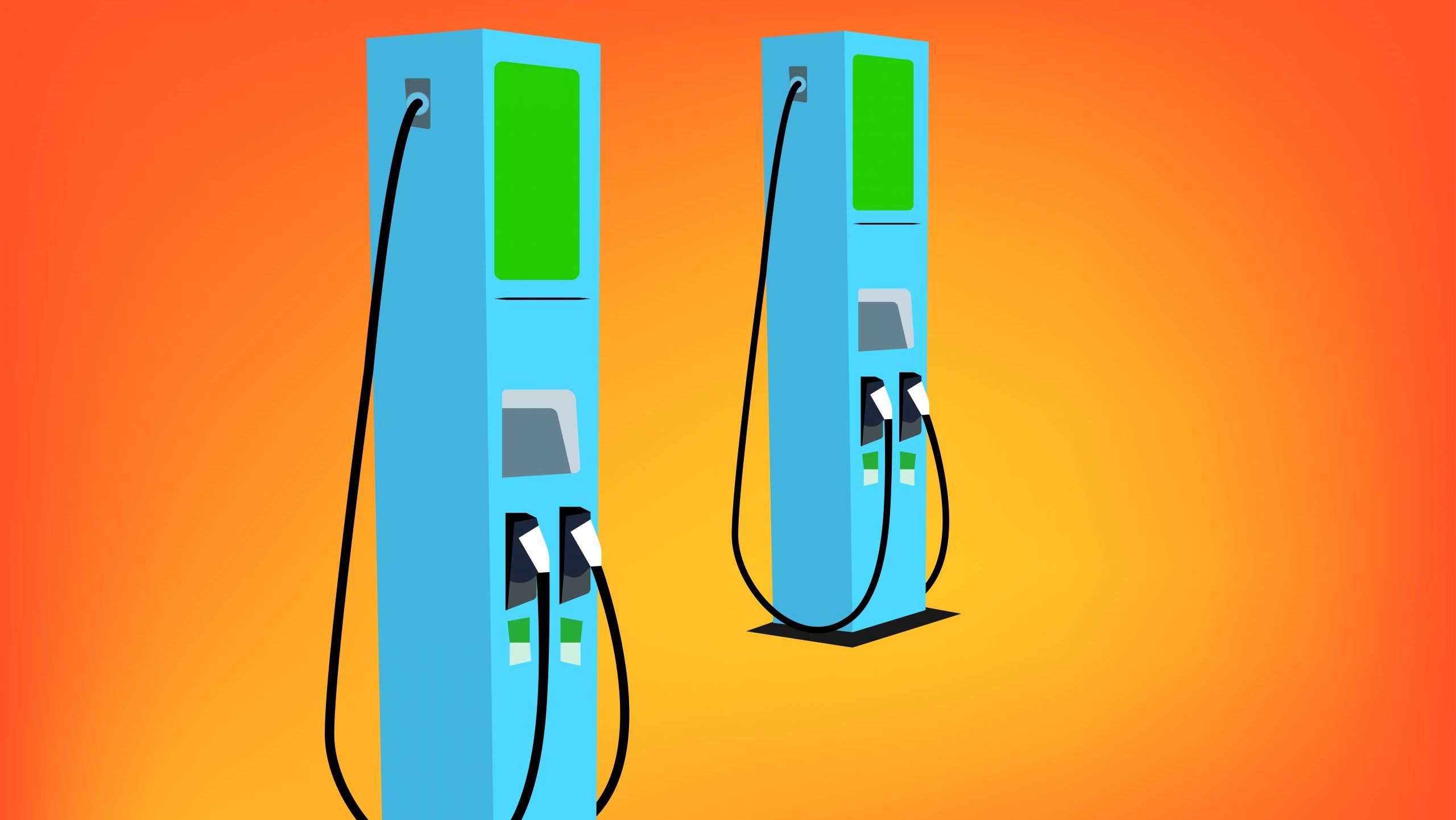
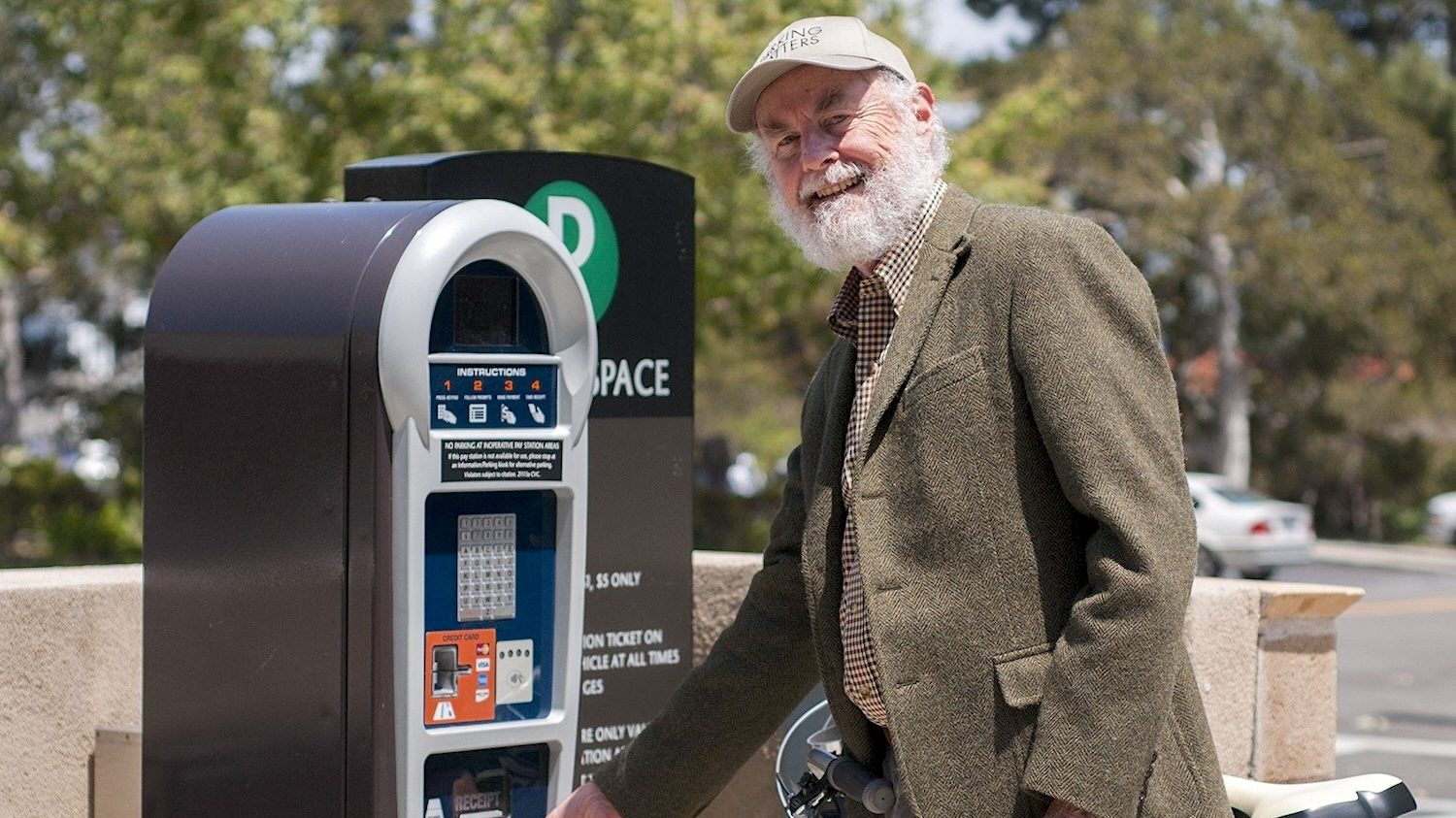
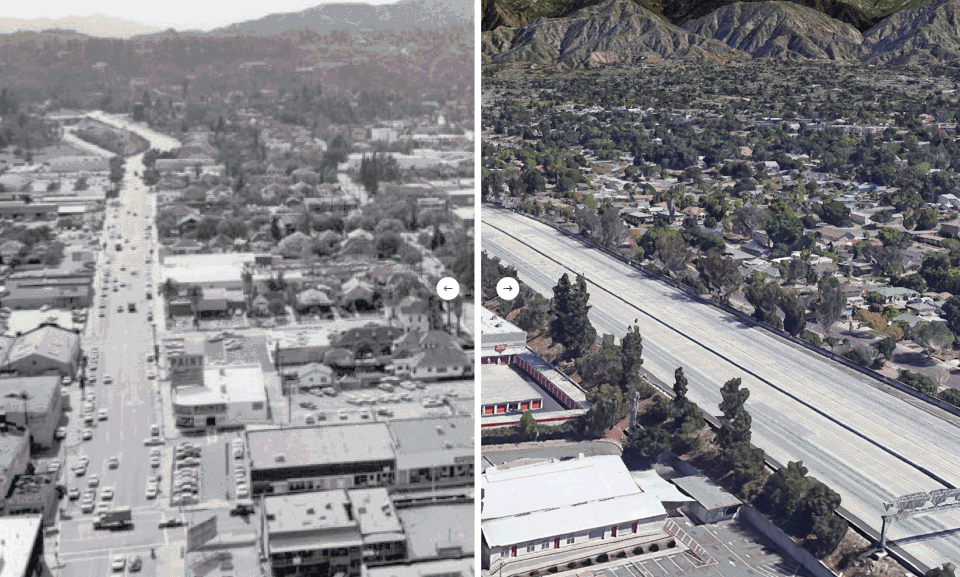
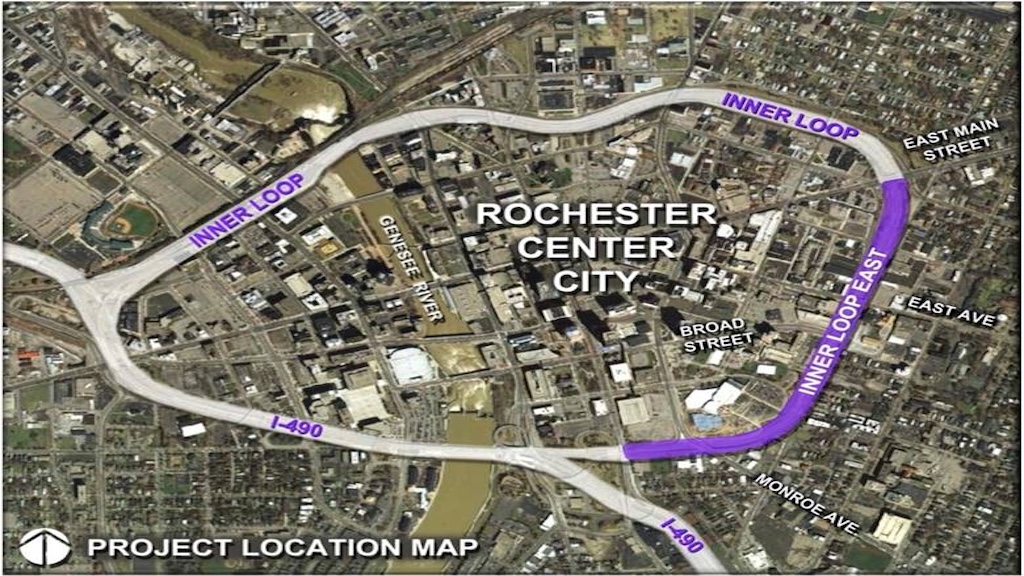
It is true that when roadways are expanded to reduce congestion, one observes that additional traffic occurs that partly counteracts the reduction. But to classify this phenomenon as being induced is misleading and has consequences on transportation planning that is counterproductive. “Induced” implies that the act of improving capacity creates additional trips is incorrect. The more appropriate term is “Latent.” In fact, the additional traffic seen has been suppressed all along, not induced. The truth is that our roadway capacity has been and are still way under sufficient to handle the public demand. Consequently the public does use various strategies to compensate such as deferring trips out of rush hour, using less convenient means of travel such as transit, taking alternate routes, and just not taking a desired or necessary trip. These trips are latent, not induced.
If our past roadway planners had properly assessed future demands and adequately built capacity for that reality then we would not have all this congestion. If our current planners had the foresight to assess all this latent demand and the ability to build to it, then congestion would disappear. Instead, when planners contemplate expanding or adding capacity they do it in baby steps. They take a heavily congested freeway situation and spend years planning the addition of one or two new lanes which are inadequate to meet this latent demand. Adding a lane or two to a highly congested roadway will just result in what we observe, a slight reduction in still congestion and the migration of some of that latent demand into actual trips. And then by the time they get through the planning stage and actually build, the population demand has grown and congestion is no better.
How do we know this is true? Just look at the states demands on counties and cities to build enough housing to meet our current and future population. The state planners and politicians allocate specific housing growth numbers to each and every community and follow through with penalties if not in compliance. But nowhere does the state also demand and allocate additional (and realistic) latent growth in transportation to meet the ensuing travel demand. In other words, the planning system builds in a congested future.
Are there ways out of this dilemma? Only if we apply real brainpower to the problem. Certainly not if the paradigm is to stop adding capacity because it only induces more traffic.